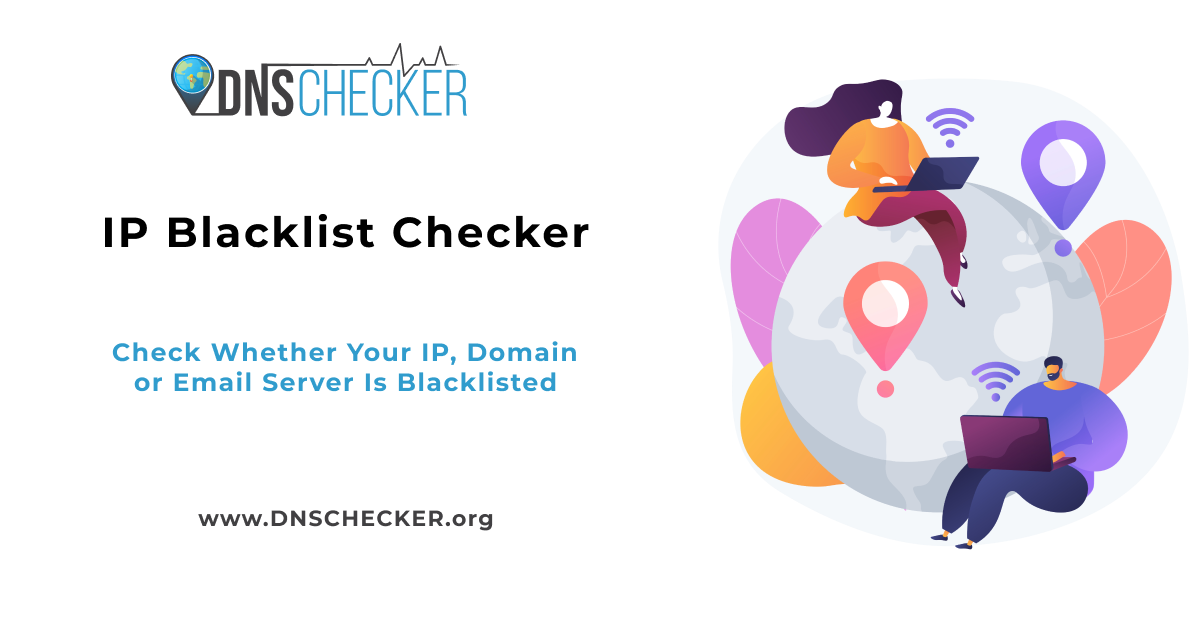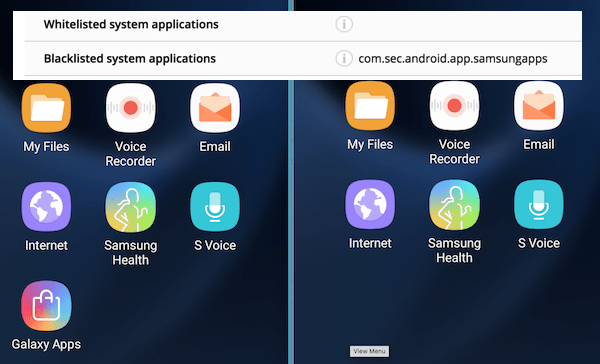Best Facts On Deciding On Credit Card Apps
Wiki Article
What Constitutes A "Suspicious" Behavior And What Can Cause The Removal Of A Credit Card?
Certain actions or behavior could be suspicious and cause your credit card to be flagged or blocked. Some examples include: Unusual spending patterns
Suspicion can be raised by abruptly large transactions or a significant increase in spending if compared with the cardholder’s usual behavior.
Unrecognized Transactions-
Any unauthorized or unfamiliar transactions on the card statement that the cardholder wasn't able to authorize or approve may be indicative of fraud.
Multiple declined transactions
A pattern of several failed or declined transactions in an extremely short period of time, particularly if the cardholder has a generally positive transaction history could indicate an issue.
Geographic Anomalies
Suspicions can be raised if you make multiple purchases in different locations within an unspecified time or are made from a location far from the place where the cardholder typically spends.
Types of Purchases that are Abnormal
Unusual purchases are flagged, particularly for expensive products that don't match the spending habits of the card holder.
Uncommon Online Behavior
Unusual online behavior, such as several failed login attempts or a change in your account details, or unusual log-in attempts, may indicate an intrusion that is not authorized.
Unusual Card Use
When a card's normal use pattern is disrupted, it could be considered suspicious. For example, if a local credit card suddenly is used for international transactions.
Unexpected Cash Advances & Transfers
The cardholder will receive an alert if large transfer or cash advances occur that aren't usual in his expenditure.
Frequent Transactions that are not present on the card
Atypically high number of transactions (online, over the phone or any other method) that involve cards not in possession without previous encounters could be a cause for suspicion.
Issues related to Identity Verification
There could be suspicion if there is a problem in verifying the identity of the cardholder. This is especially when additional verifications are needed.
The card issuer may look into any of these actions or monitor them, and then temporarily stop your card until you can confirm the cardholder’s identity.

What Does It Mean That My Credit Card Has Been Placed On"Blacklist" "Blacklist"?
When a credit card is listed on blacklists, it usually refers to the credit card being identified as blocked or flagged by the issuer of the card or financial institution due to suspicion of suspicious activity, security concerns or other factors that could be related to risks.Being on a blacklist means that the card could be temporarily banned from certain transactions or uses until the issue is resolved or confirmed by the person who holds it. There are a variety of reasons for why a credit card may be put on blacklist.
Suspected Fraud - Card blocking for security could be triggered by unusual or suspicious transactions which can trigger fraud detection software.
Security Concerns In the event of signs of compromise (unauthorized access, data breaches involving cards, or unusual spending patterns) the card may be tagged as a security measure.
Issues with Identity Verification- Deficiencies in proving the identity of a cardholder during transactions, especially in situations where verification is required, could lead to the card being temporarily blocked.
Card stolen or lost If a card is declared lost or stolen, the issuer may put a stop to unauthorised use of the card until replacement is issued.
Suspicious Activity Indicators- Any behaviour or activity that is connected to the card is suspicious, such as several declined transactions, geographic anomalies, or other unusual spending patterns, could trigger an immediate block.
When a credit card is added to a list, it may restrict the cardholder’s access to the card or its ability to conduct transactions until the company that issued the credit card proves its legitimacy or addresses any concerns regarding the possibility of fraud or security risks. It is essential that the user to contact the card issuer promptly to resolve issues, verify the validity of transactions, and resolve any security issues.

How Do Cybersecurity Experts Monitor Cyber-Attacks And Spot Compromised Credit Card Data?
Security experts in cyber security monitor and spot threats such as compromised credit card numbers with a variety of methods and tools. The following are some of the more popular methods.
Information from multiple sources, such as forums, threat intelligence feeds, dark web monitoring, and security advisory to keep up-to-date on new security threats and vulnerabilities.
Network Monitoring and Intrusion Detection-
Use specialized software to monitor network traffic, and spot anomalies and suspicious activity that may indicate illegal access or data breach.
Assessments of vulnerability and testing for penetration-
Conducting regular checks to detect weaknesses in applications, systems, or networks. Penetration testing involves simulation attacks to identify vulnerabilities and assess the organization's security measures.
Security Information and Event Management, (SIEM),
Implementing SIEM solutions that combine and analyze log information from different sources (such as servers, firewalls, or applications) to detect and address security-related incidents in real-time.
Behavioral Analysis
Conducting behavioral analyses to find patterns that are distinctive or are different from the usual behaviour of users within an organization or system which may indicate a potential breach.
The Threat of Hunting
The identification of potential threats is done by analyzing logs, data traffic and the system's information.
Endpoint Security Solutions
Installing endpoint protection solutions (such antivirus, antimalware and detection and response tools for devices) is a great way to shield your devices from malware.
Encryption, Data Protection and Privacy
To minimize the risk of data breach, you should implement security measures to protect sensitive data like credit card numbers, both during the transportation process and at rest.
Response to incidents and Forensics
Create and implement plans for incident response that allow you to respond swiftly to security-related incidents. Conducting forensics in order to comprehend the implications of security breach.
Security experts from Cybersecurity combine this method with a deep knowledge of the ever-changing cybersecurity threat, compliance rules and the best practices to identify, mitigate and respond to cyber attacks, including those that involve compromised credit card data. An active security strategy, continuous monitoring and intelligence on threats are vital to ensure a solid cyber defense. View the top rated savastan0 for more advice.
